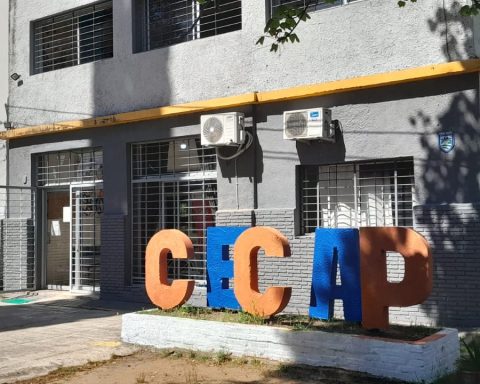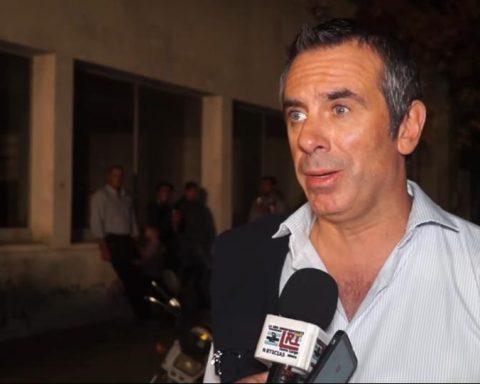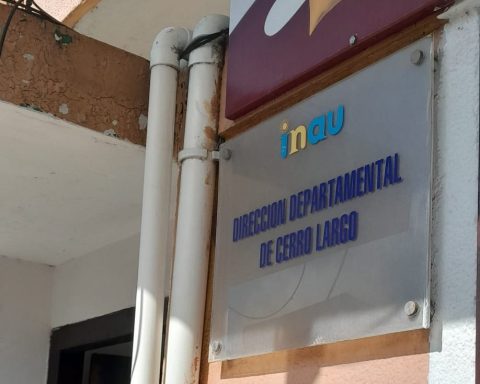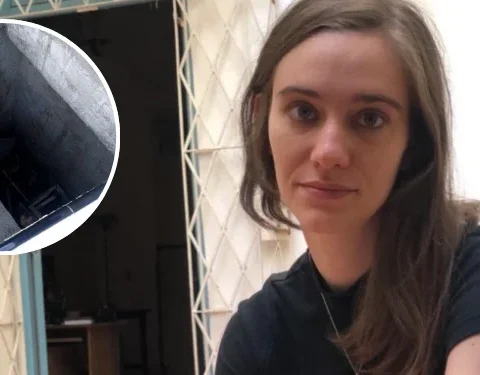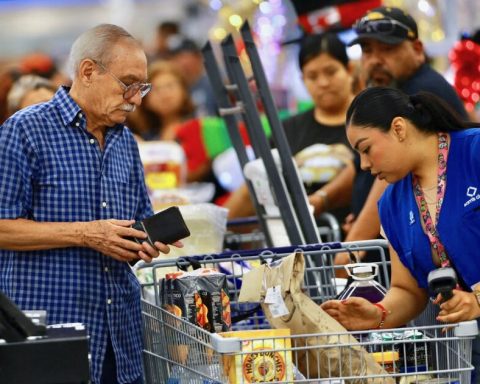BDO in Uruguay – Cra. Sofía Cayssials – Outsourcing Senior – [email protected]
In this article we will review the importance for taxpayers of applying the commonly called “cap rule”, referring to excess VAT purchases at the end of each fiscal year. We will make a brief description of the current regulations, and then detail its practical application.
Stop rule
Before covering this concept and its relevance at the end of the year, it is important to mention that VAT taxes operations at a basic rate of 22%, with certain goods or services taxed at a minimum rate of 10%. There are companies, such as pharmaceutical companies and hotels, in which a large percentage or all of their sales are taxed at the minimum rate and their purchases at the basic rate, which generates a surplus of VAT purchases for this difference in rates.
The first subsection of article 128 of Decree 220/998 regulates in general the excess of VAT purchases over VAT sales, establishing that it will not generate a refund of the tax, and must be included in the next affidavit as a credit that arose in settlements previous.
However, the complexity appears when the excess of VAT purchases originates from the difference in rates (sales at the minimum rate and purchases at the basic rate), since the regulations establish that that portion of the surplus that, at the end of the year, arising from said difference in rates will integrate the cost of sales and may not be included in the next settlement as a credit. Determining this amount is what we call the “cap rule.”
In order to establish the amount corresponding to the difference in rates, the mechanism to be used indicates that the VAT rates applicable to sales and purchases must be equalized to check if the excess VAT purchases is genuine or, on the contrary , is the result of the aforementioned difference in rates. Although the norm is silent on how the rates should be equalized (are sales transformed at the basic rate, or purchases at the minimum rate?), A current holds that sales should be considered as taxed at the basic rate. This by virtue of article 25 of Decree 219/002, currently repealed.
Possibles scenarios
As a result of the application of this mechanism, basically two possibilities can arise:
- Case 1: that a surplus VAT arises lower than the existing purchases in the original tax settlement, the difference between the two amounts corresponding to the difference in rates. In this case, the difference between the two must be recognized as cost of sales and the rest must be included in the following affidavit.
- Case 2: That a balance to be paid arises. In this case, the excess of VAT purchases corresponds in its entirety to the difference in rates, so it must be recognized as a cost of sale, and cannot be transferred to the next sworn statement.
It is important to note that from the application of the cap rule a balance payable never arises: this rule is only limited to verifying the composition of the excess VAT purchases and punishing what originates from the difference in rates.
Practical examples
To exemplify the aforementioned, let us consider the hypothetical case of a company whose sales are taxed at 10% and its purchases at 22%, and when carrying out the VAT settlement at the end of the year, the result is a surplus of VAT purchases of $ 30. In this case, you will need to perform the cap rule calculation to determine the amount corresponding to the difference in rates.
If after performing the calculation with the transformation of VAT sales to the basic rate, the result is a surplus of $ 20 (case 1), $ 10 would correspond to the difference in rates, being recognized as cost of sale, and the remaining $ 20 can be move on to the next affidavit. On the contrary, if the result shows a balance to be paid (case 2), all the excess of VAT purchases from the tax assessment (the $ 30) should be recognized as cost of sale.
Exceptions
It should be noted that not all taxpayers who have sales taxed at the minimum rate and purchases at the basic rate are required to apply the cap rule. For example, those who dispose of real estate are exempt from it, as well as health and transportation service providers.
Final comment
It is especially important that taxpayers do not omit to practice this rule, in such a way as not to deduct an excess of VAT for purchases that do not correspond, and thus avoid inconveniences with the tax administration.

